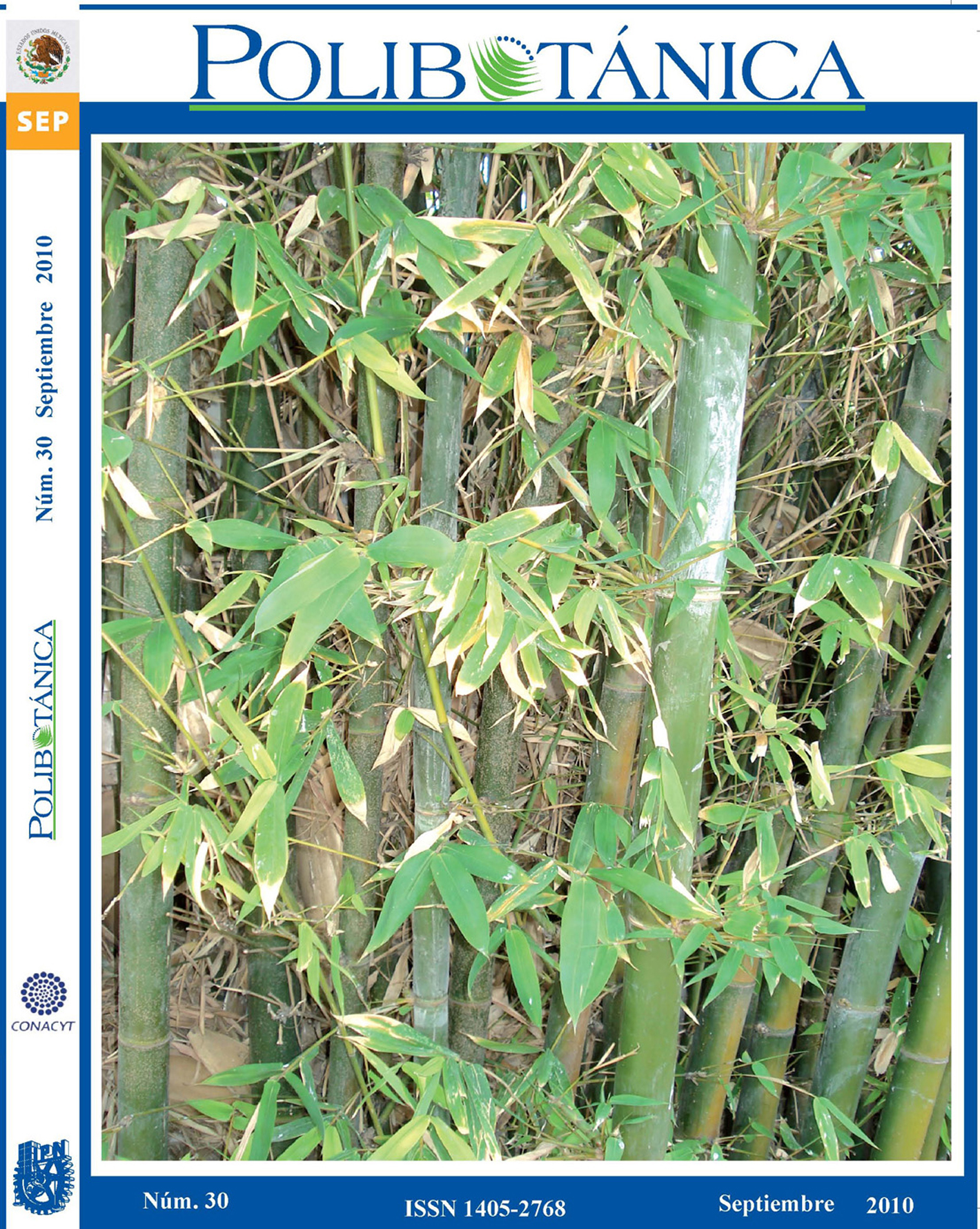PRODUCCIÓN DE HOJARASCA Y MATERIA ORGÁNICA EN AGROECOSISTEMAS CAFETALEROS MARGINALES DE OCOTAL CHICO, VERACRUZ, MÉXICO
Abstract
Traditional coffee agroecosystems play an
important role in the conservation of natural
resources because of their complex vegetation structure. However, the coffee crisis
has provoked tremendous changes in these
agroecosystems, like their transformation
to rangelands, affecting litter production
and nutrient recycling. The objective of this
study was to learn about litter production,
its components and the general characteristics of soils in marginal traditional coffee
agroecosystems in Ocotal Chico, Veracruz,
within the Los Tuxtlas Biosphere Reserve.
Nine coffee agroecosystems were selected
along an altitudinal gradient between 500
to 900 meters above sea level [phrase moved]; in sites of 400 m2 each, four traps of
1m2 were placed in the most representative
points, chosen visually. Samples were taken
every 28 days throughout one year. The
litter components were divided into leaves,
branches, flowers and flowering parts, seeds,
fruits and dead insects. In three coffee
agroecosystems a soil profile was made in
order to determine in the lab [three words
deleted] the levels of N, P, Ca, Mg, CEC, pH
and the percentage of organic matter. Results
show that litter production and its various
components, as well as organic matter, are
greater in coffee agroecosystems established
in deciduous forest than those located in
sub-perennial rain forest and tropical rain
forest. Soils are oxisoils with low to medium
CEC and N values, high clay content and
acid pH.
Downloads
Published
Issue
Section
License

Polibotánica by Departamento de Botánica de la Escuela Nacional de Ciencias Biológicas del Instituto Politécnico Nacional se distribuye bajo una Licencia Creative Commons Atribución-NoComercial-CompartirIgual 4.0 Internacional.




















